‘Iravin Nizhal’ movie review: R Parthiban’s breathtaking single-shot film is a remarkable technical achievement
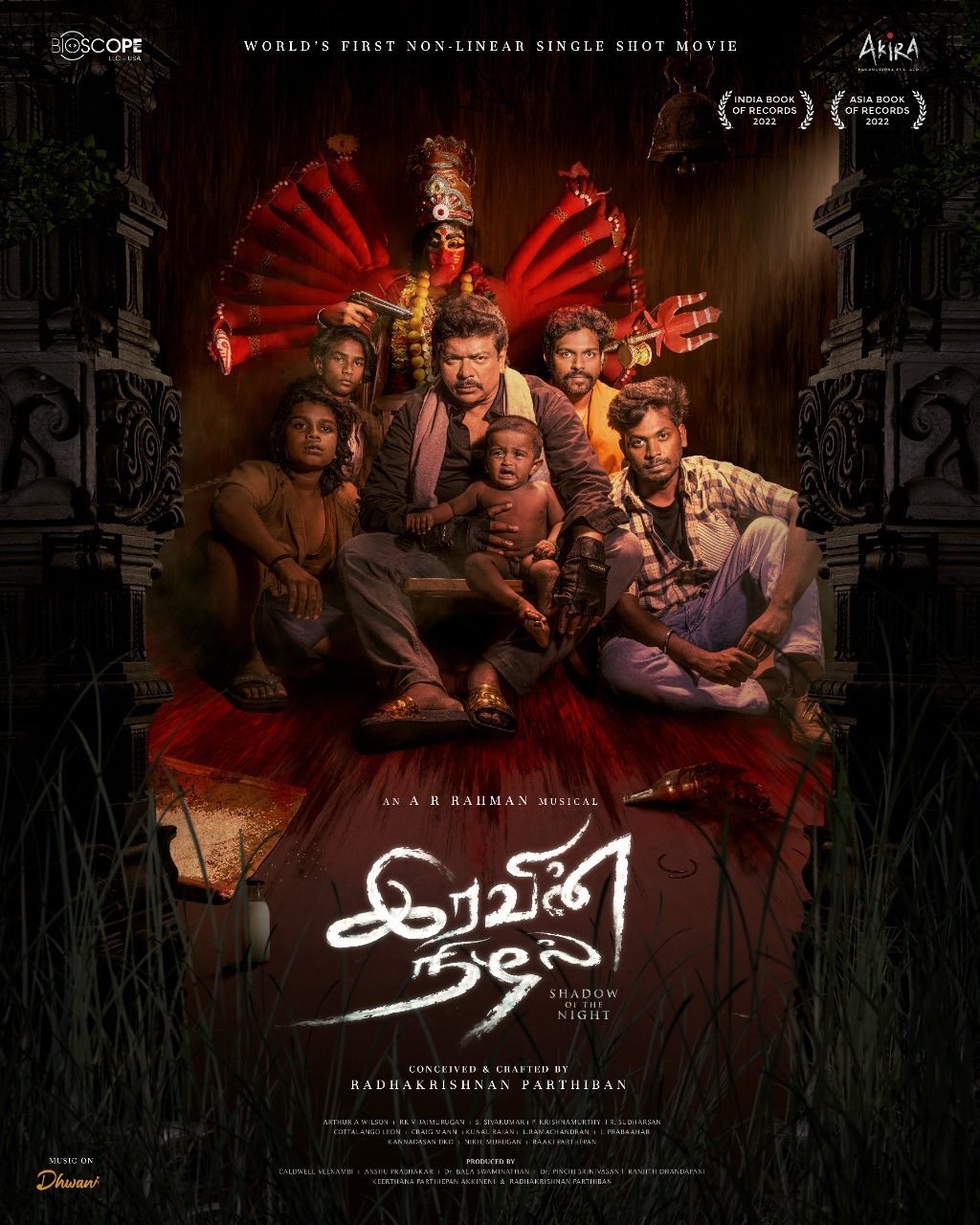
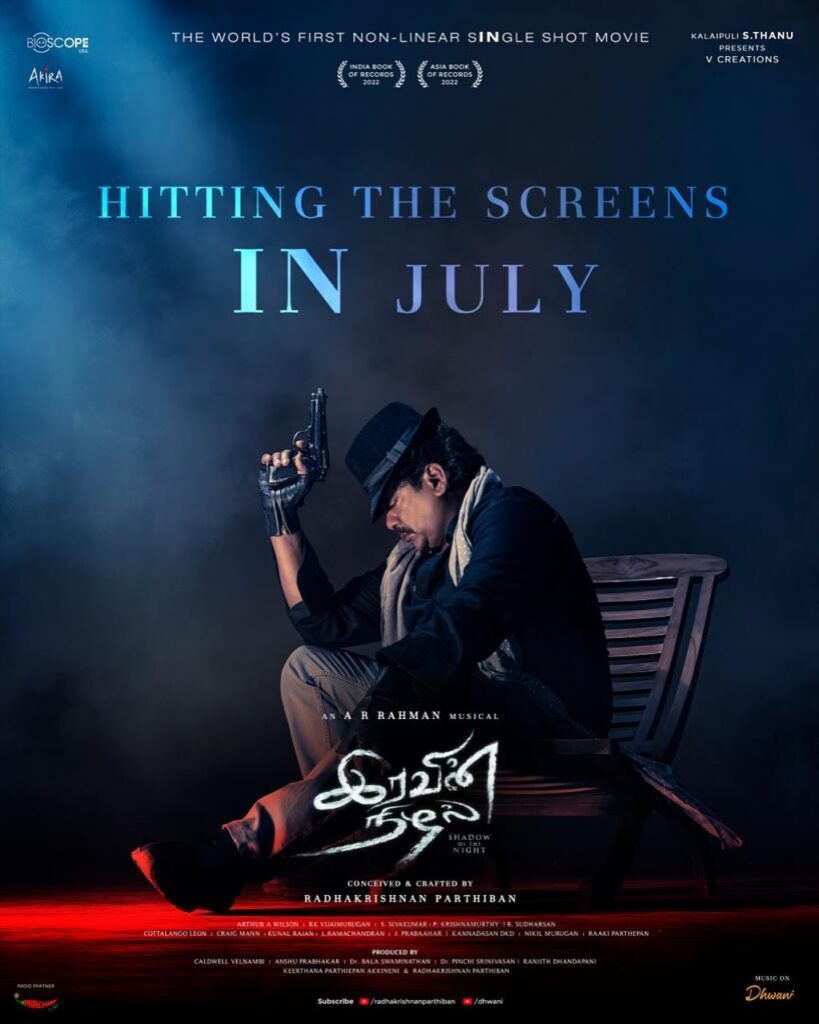
What Parthiban, Arthur Wilson and their team have achieved — even if it went for 23 takes — is nothing short of phenomenal. They are sure to wow the National Awards committee
A single-shot film creates an illusion of continuity of time and space, like in real life. This ‘illusion’ or rather the technique employed to make the film look seamless is often dismissed as gimmickry — whether it is Hitchcock’s Rope or Sam Mendes’ 1917. In most cases, single-shot is a myth that filmmakers create in order to distract the audience from noticing the cuts, unlike, say, Don Palathara’s Santhoshathinte Onnam Rahayasam which was actually shot like a continuous film. In some cases, you cannot even guess these invisible cuts. For a single-shot film to work, the filmmaker has to sustain this illusion of continuity.
And it is not a coincidence that Parthiban’s Iravin Nizhal opens with a mirage: distorting images with lights and shadows tumble out, as Rahman’s haunting ‘Kaayam’ plays in the background. But, unlike the famously shot one-take films, there is no editing gimmickry involved in Iravin Nizhal. Before the film begins, a 30-minute video is shown to illustrate this point.
Single-shot films are so complex to execute that it begs us to ask this question: does this story warrant to be told in this format — like a single, unbroken shot? But that is the choice of the filmmaker and we have to only assess what we see on screen and whether it is working or not. One of the earliest and classic examples of a single-shot film is Rope, which Hitchcock once said, “ was an experiment that didn’t work out”. Hitchcock was so enamoured by the play that he decided to make Rope as a single-shot film, perhaps, as a means to sustain the suspense amongst the audience.
Rope is a good example to understand Iravin Nizhal. The latter too, unfolds like a lavish Broadway theatrical production. But the main difference is, in a play, things unfold in real time for an audience. However, in the film format, the camera’s gaze becomes the audience’s. In that sense, Iravin Nizhal is a film that downloads right in front of our eyes just like a play, and the audience’s engagement remains vital. But there is a catch in that too. We miss the most important part of the camera when it takes the audience’s point of view: focus.
Only a handful of filmmakers have dared to make a film look like one continuous shot, given the number of logistical nightmares involved. But even those films were centred around vast spaces or at least had the elbow room for the cameraperson. Every shot in Iravin Nizhal comes with a fresh set of challenges — for the cinematographer, set operators, assistant directors and actors. About the composition of Birdman, its cinematographer Emmanuel Lubezki was quoted in The Hollywood Reporter as saying. “We created the transitions by rehearsing; for the more difficult ones, we had to have visual effects.”
Iravin Nizhal doesn’t use visual effects but it does follow a similar approach. Films like Rope, Birdman and 1917 are shot like a continuous film with a series of long shots, stitched together at the editing table. These ‘invisible’ cuts are not noticeable to our naked eyes. But Parthiban employs a new technique to this editing transitions, wherein the camera’s gaze pauses, fixedly at an image for a few seconds giving the actors and set operators a breathing room, to get ready for the next scene, next set piece — all in a matter of a few seconds. Sounds crazy? Ridiculous? There is a catch in that too.
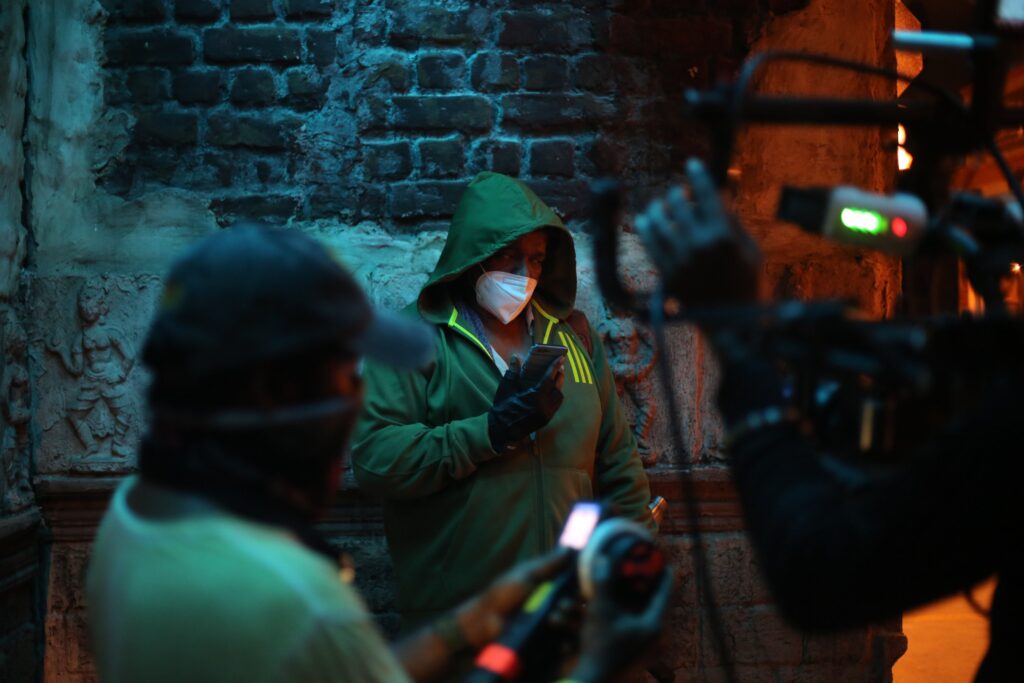
In the same interview, Lubezki talks about the lighting complication they faced. “Lighting Michael at his makeup mirror will create a shadow a minute later if we move around the room. So we had to time all of the lighting changes, making sure you don’t see shadows.” Iravin Nizhal’s set consists of 59 little blocks like a maze. Its frames are crowded with people, props and set pieces that further complicates Arthur Wilson’s job. For, he has to carry the Sony Venice camera on his shoulder for 100 minutes, with so many landmines. Even if one actor goes out of focus or if the camera topples, or if they don’t get the lighting right, it is back to square one. In short, what Parthiban, Wilson and their team have achieved — even if it went for 23 takes — is nothing short of phenomenal. They are sure to wow the National Awards committee.
The idea for Iravin Nizhal is this: a bruised man in his 50s rummages through past memories, while on his way to settle things with an old acquaintance. We get a sense of his life through the memories that unfold in a disorderly fashion. For a film that has a high degree of difficulty to pull off, it requires tons of patience and belief. Not just Parthiban but his actors too, need to maintain a positive frame of mind, even if they were to take the blame for losing a take.
Parthiban is also human. He loses his cool when someone screws up in the 90-something minute, when they don’t press a button properly. Which means they have to start again — from the beginning. We see Parthiban bursting him. But because the director is smart, he turns this goof up into a natural moment in the film.
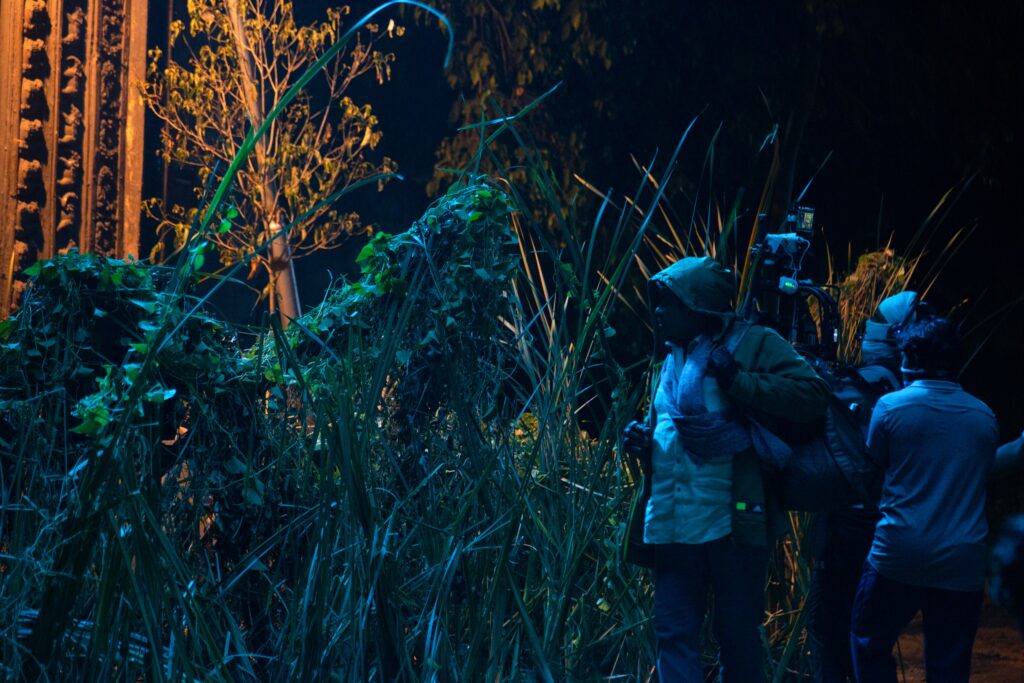
There are quintessential Parthiban things that really stand out. A character is on the way to kill the ghost of the past. He enters the graveyard through a hole he breaks open in a wall, while we hear a baby’s wail in the background — as if a metaphor on him returning to mother’s womb. A man who has only seen downers in life, forcing him to stop believing in God or hope, has a daughter named Arputham. She calls him ‘thappa’ instead of ‘appa’, as if a reminder of who he is: someone who got on the wrong side.
Posing like Orson Welles with a hat in The Third Man, the protagonist of Iravin Nizhal is afraid of his own reflection, own shadow. There is that trademark wordplay between amman (goddess) and ammanam (nude), mangalam undagattum (may you prosper) and undagirukken (I’m pregnant). Six o’ clock is pronounced sex o’clock to highlight someone’s post-evening rituals. There is a joke linking motherhood and marital rape that doesn’t land well. But that is the thing, the women we meet are either treated as goddesses or vamps. There is a shot of a baby lying on his dead mother’s breast, wailing in hunger. He is a product of an extramarital affair and he begins to wonder if he was breastfeed milk or poison [fortunately, Parthiban arranged a special screening. We saw the uncensored version].
Iravin Nizhal
Cast: R Parthiban, Priyanka Ruth, Brigida Saga, Anandha Krishnan, Varalaxmi Sarathkumar and Robo Shankar
Director: R Parthiban
Technical team: Arthur A Wilson (cinematography), R Parthiban (editing), AR Rahman (music), Vijai Murugan (art direction), Kunal Rajan and Craig Mann (sound design)
A film’s merit cannot, shouldn’t be restricted to it being the ‘first’ of many. When Hitchcock made Rope, the film’s merit was not just it being shot as a continuous film. Likewise, the focal point of Iravin Nizhal shouldn’t just be the single-shot aspect; what the filmmaker does within the format is crucial too.
It is like this: within the constraints of time and space, you can either make an outstanding single-shot film or make a single-shot film look outstanding. Parthiban, unfortunately, takes the latter route. Don’t get me wrong. Iravin Nizhal, without an ounce of doubt, is a remarkable technical achievement wherein Parthiban flexes his directorial prowess. But beyond the stamp of ‘world’s first nonlinear single-shot film’, does it leave you with a wholesome feeling of having witnessed something special? Yes, for its ambition; no, for what is edited out [Parthiban says this is a film edited during the writing stage].
The writing is not slender — but the production is, so, everything has to be accommodated keeping the set design in mind. As a result of this onslaught, some moments — like a character’s affair or when someone dies by immolation, or when Parthiban uses voiceover as a device to fill up narrative gaps — needed elaborate staging and better emotional payoff. Sometimes a lot is packed in the frame that you wish there was a little more pacing [Rahman’s gentle music does this for the most part] and coherence between the scenes. For an average viewer, this might not be a problem. But for us film writers, it comes across as too easy, too convenient at times. Nevertheless, Parthiban does dare to dream big. He seems to enjoy taking risks, outdoing himself. Keep daring, Parthiban.
Iravin Nizhal
Cast: R Parthiban, Priyanka Ruth, Brigida Saga, Anandha Krishnan, Varalaxmi Sarathkumar and Robo Shankar
Director: R Parthiban
Technical team: Arthur A Wilson (cinematography), R Parthiban (editing), AR Rahman (music), Vijai Murugan (art direction), Kunal Rajan and Craig Mann (sound design)
A film’s merit cannot, shouldn’t be restricted to it being the ‘first’ of many. When Hitchcock made Rope, the film’s merit was not just it being shot as a continuous film. Likewise, the focal point of Iravin Nizhal shouldn’t just be the single-shot aspect; what the filmmaker does within the format is crucial too.
It is like this: within the constraints of time and space, you can either make an outstanding single-shot film or make a single-shot film look outstanding. Parthiban, unfortunately, takes the latter route. Don’t get me wrong. Iravin Nizhal, without an ounce of doubt, is a remarkable technical achievement wherein Parthiban flexes his directorial prowess. But beyond the stamp of ‘world’s first nonlinear single-shot film’, does it leave you with a wholesome feeling of having witnessed something special? Yes, for its ambition; no, for what is edited out [Parthiban says this is a film edited during the writing stage].
The writing is not slender — but the production is, so, everything has to be accommodated keeping the set design in mind. As a result of this onslaught, some moments — like a character’s affair or when someone dies by immolation, or when Parthiban uses voiceover as a device to fill up narrative gaps — needed elaborate staging and better emotional payoff. Sometimes a lot is packed in the frame that you wish there was a little more pacing [Rahman’s gentle music does this for the most part] and coherence between the scenes. For an average viewer, this might not be a problem. But for us film writers, it comes across as too easy, too convenient at times. Nevertheless, Parthiban does dare to dream big. He seems to enjoy taking risks, outdoing himself. Keep daring, Parthiban.
Iravin Nizhal released in theatres today.
Recent Posts
- Astronomers detect first direct image of black hole expelling a powerful jet
- WhatsApp rolling out ‘reply with message’ feature within call notifications
- Multi-Device Pairing May Be Arriving for Apple Watch this Year
- Artificial Intelligence Discovers Hidden Giant, a Planet 5 Times Larger Than Jupiter
- Google CEO Sundar Pichai Talks Bard & The Future Of Search
Recent Comments
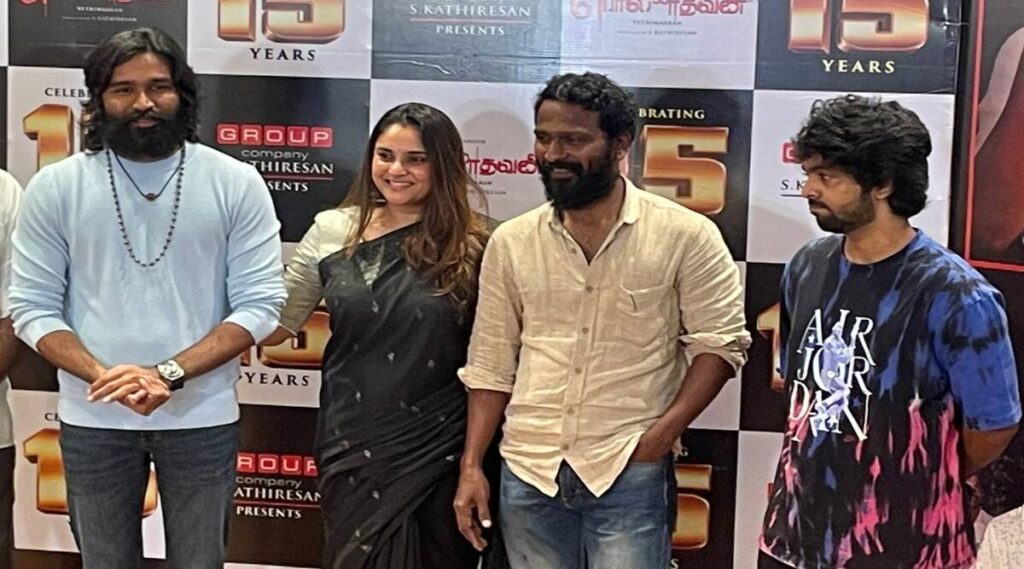
Polladhavan turns 15, Dhanush sports a new look at the special event. See pics
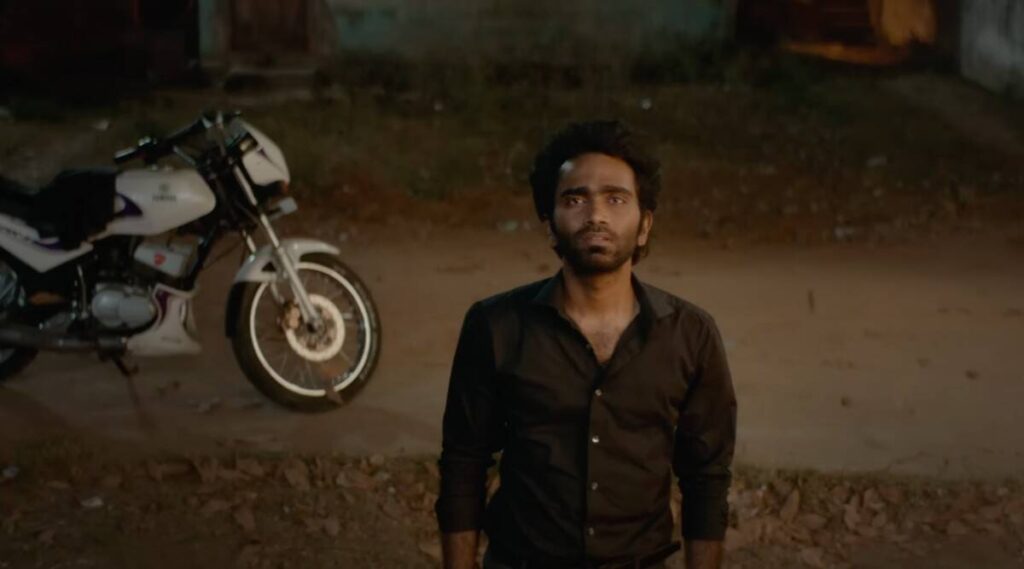
Pradeep Ranganathan on Love Today success: ‘Are the things I am hearing and seeing real?’
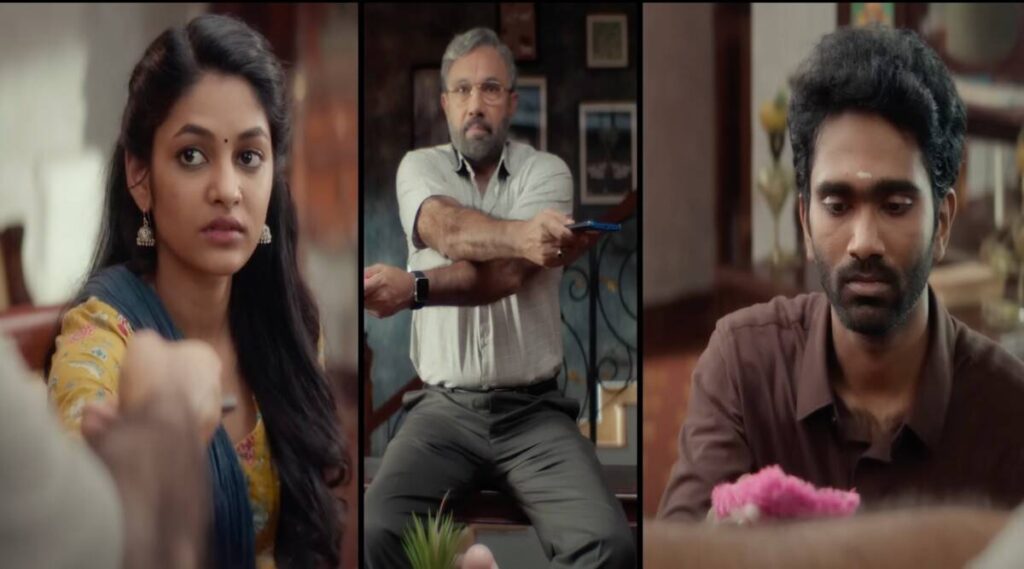
Love Today review: An enjoyable feature-length meme with a moral science lesson
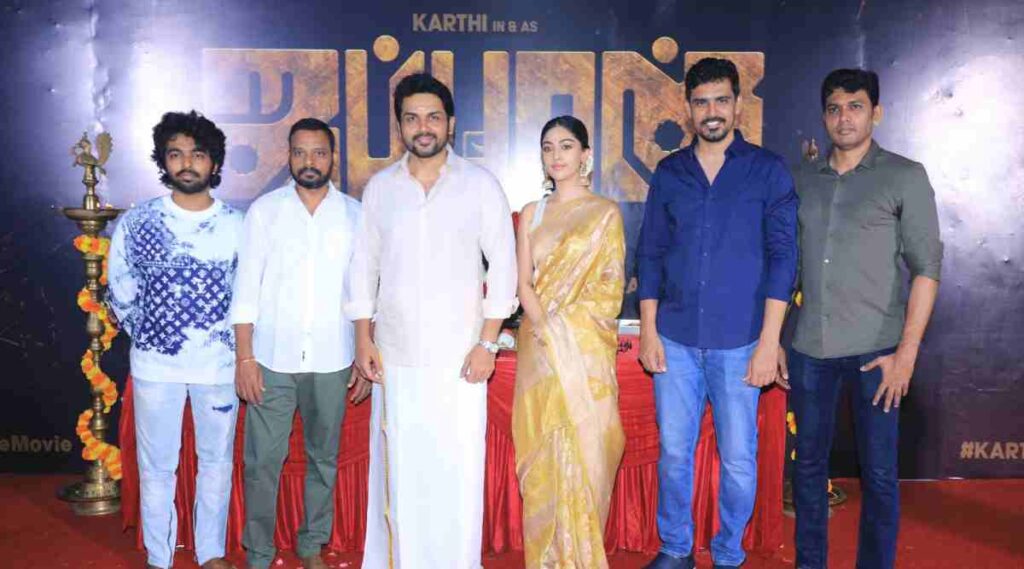
Karthi’s next film Japan launched

Astronomers detect first direct image of black hole expelling a powerful jet

WhatsApp rolling out ‘reply with message’ feature within call notifications

Multi-Device Pairing May Be Arriving for Apple Watch this Year

